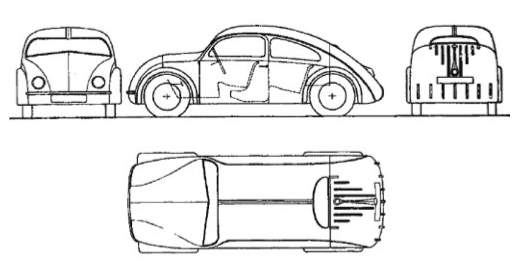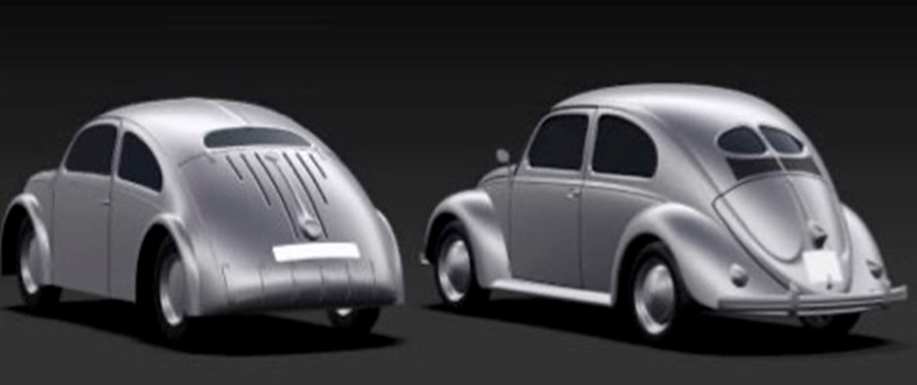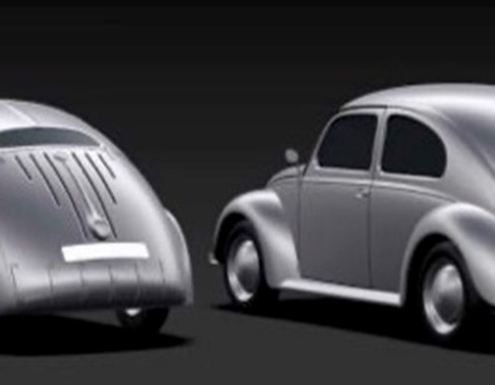Looking back: The first six months of the unitary patent system
The unitary patent system comprises, on the one hand, a new European patent with unitary effect (often referred to as the “unitary patent”, for short) in all 17 participating EU Member States (Austria, Belgium, Bulgaria, Germany, Denmark, Estonia, Finland, France, Italy, Latvia, Luxembourg, Lithuania, Malta, the Netherlands, Portugal, Sweden and Slovenia), and on the other hand, a new Unified Patent Court (UPC), which decides on these unitary patents, but ultimately also on all conventional European patents with national validations (so-called “bundle patents”). After decades of planning, the new system has for the first time created a quasi EU-wide patent law.
After a good six months, it is time for an initial review. Have expectations been fulfilled? Is there demand for the unitary patent and the Unified Patent Court? What are the first user experiences with the new system?
Every European patent application goes through the familiar application and examination procedure before the European Patent Office. Following the grant of the patent, the applicant can now opt for the patent with unitary effect instead of national validations in the participating EU member states – in addition to national validations in those countries that do not (yet) participate in the unitary patent system. There are now already over 17,000 patents with unitary effect. They come from all technical fields, with medical technology leading the way with a share of approx. 12%. However, since June 1, 2023, unitary effect has only been requested for approx. 17% of all granted European patents. This means that most patent holders are still opting for the traditional bundle patent. On the one hand, this reluctance could be due to the fact that the patent with unitary effect is perceived as too expensive – it usually only pays off with patent protection in at least four EU member states. On the other hand, applicants may want to wait and see how the case law of the Unified Patent Court develops before relying on the unitary patent.
The Unified Patent Court has exclusive jurisdiction for all European patents with unitary effect. For bundle patents, the plaintiff can decide during a transitional period of at least seven years whether to use the Unified Patent Court or the national courts. During this transitional period, the patent proprietor can also decide to exclude his patent from the jurisdiction of the Unified Patent Court by means of an opt-out declaration.
The Unified Patent Court faced considerable IT difficulties at its launch, caused by its cumbersome and rigid electronic case management system (CMS), which led to a system crash on the very first day, after having already necessitated a three-month postponement of the launch. The case management system cannot be circumvented, as the UPC is largely designed as an electronic court, and continues to demand a great deal of patience and improvisation skills from all users, including lawyers as well as judges and clerks.
Apart from these technical difficulties, however, the launch of the Unified Patent Court has been a success and has lived up to expectations. Over the first six months, a total of more than 100 cases have already been filed, including infringement actions, nullity actions and a number of applications for provisional measures. Most of the cases are pending before the German chambers, with the Munich local chamber currently leading by a wide margin. Interestingly, and to a certain extent unexpectedly, isolated nullity actions without parallel infringement proceedings are also enjoying some popularity. In the meantime, 23 such actions have already been filed with the central divisions in Paris and Munich. The UPC is clearly establishing itself as an attractive forum for reviewing the validity of European patents, sometimes in parallel with ongoing opposition proceedings before the European Patent Office. With over 70 decisions, the UPC has already accumulated an impressive case law in the first few months of its existence. Most of the decisions concern procedural law. The Court of Appeal has also already ruled in two cases.
Overall, it is to be expected that the Unified Patent Court will establish itself in the coming years as an authoritative court with global reach in patent disputes.
We will keep you up to date on the development of the Unitary Patent System here and on our special UPC page.




